Communication Skills for Business: Report on Models and Systems
VerifiedAdded on 2023/06/10
|7
|1178
|233
Report
AI Summary
This report provides a comprehensive analysis of communication skills in a business context. It begins by outlining the importance of communication in organizations and then delves into various communication models, including Shannon's model and the circular model, highlighting their significance in maintaining effective interaction. The report further classifies communication into formal and informal types, detailing their characteristics and the channels through which messages are conveyed. It emphasizes the principles of effective communication, such as understanding the audience, knowing the purpose, and utilizing technology effectively, including tools like email, video conferencing, and social media. The report also addresses common communication barriers, such as misunderstandings, the impact of communication mediums, and social and cultural factors, providing a well-rounded overview of how to overcome these obstacles to ensure successful business communication.
1 out of 7
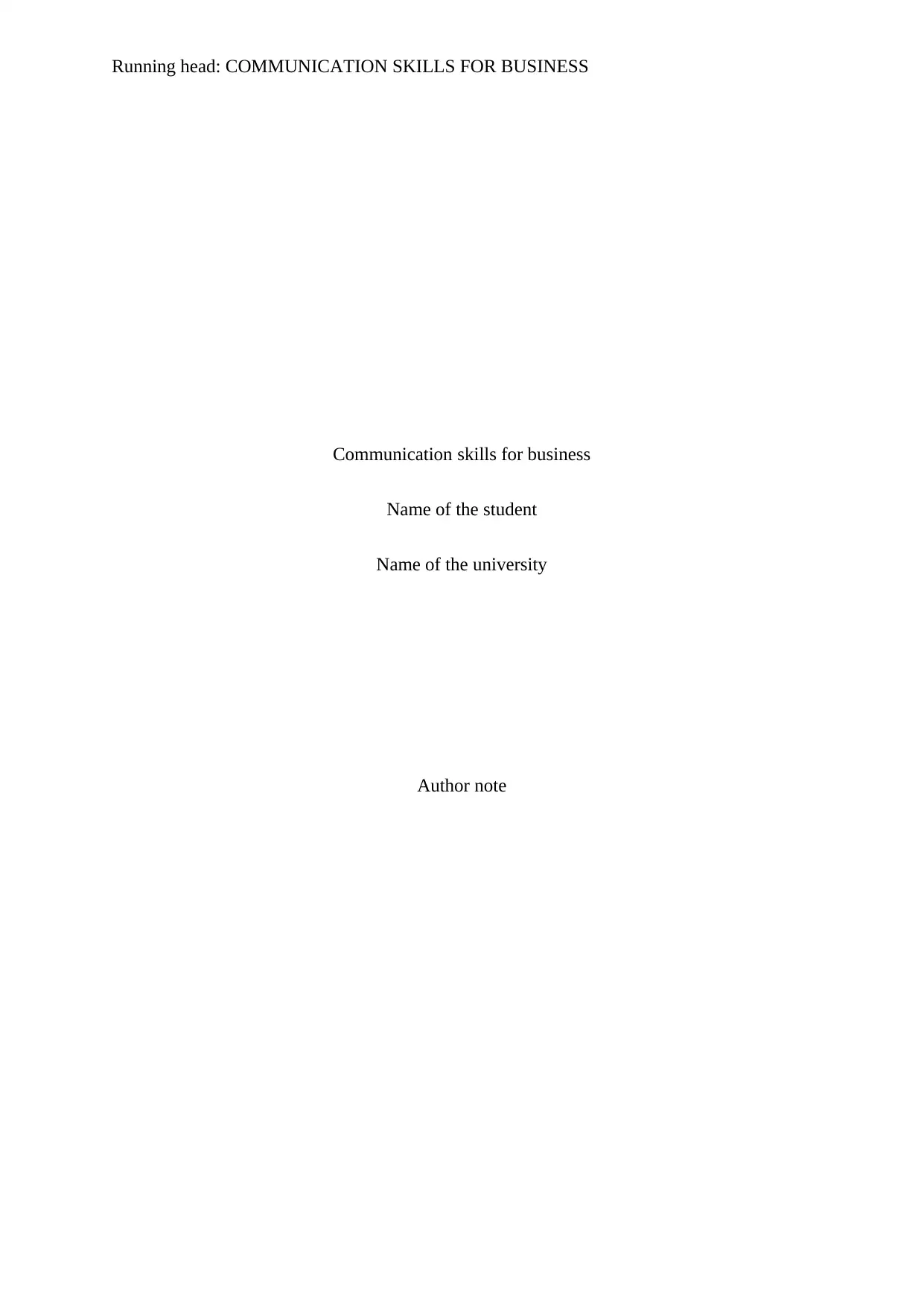
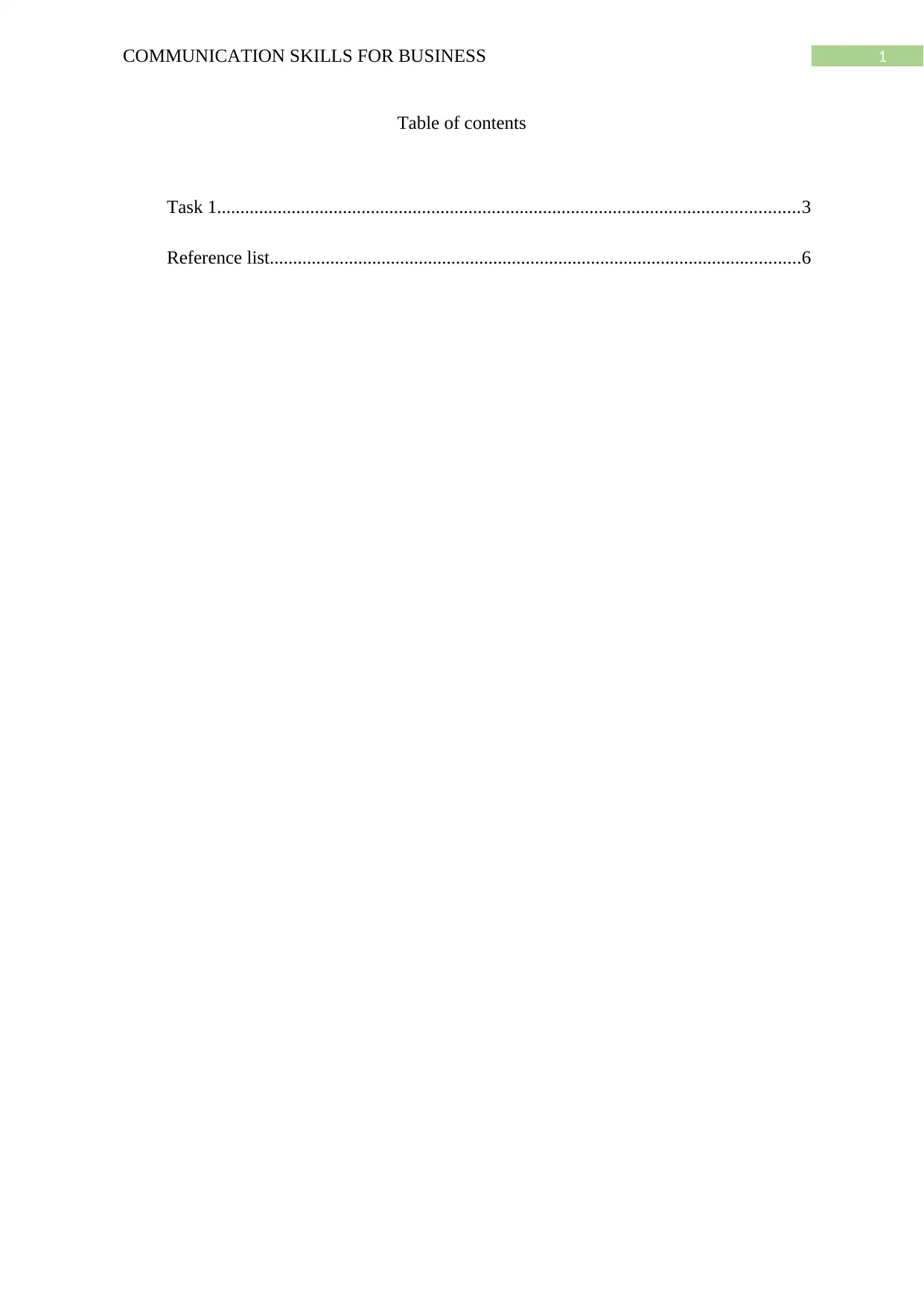
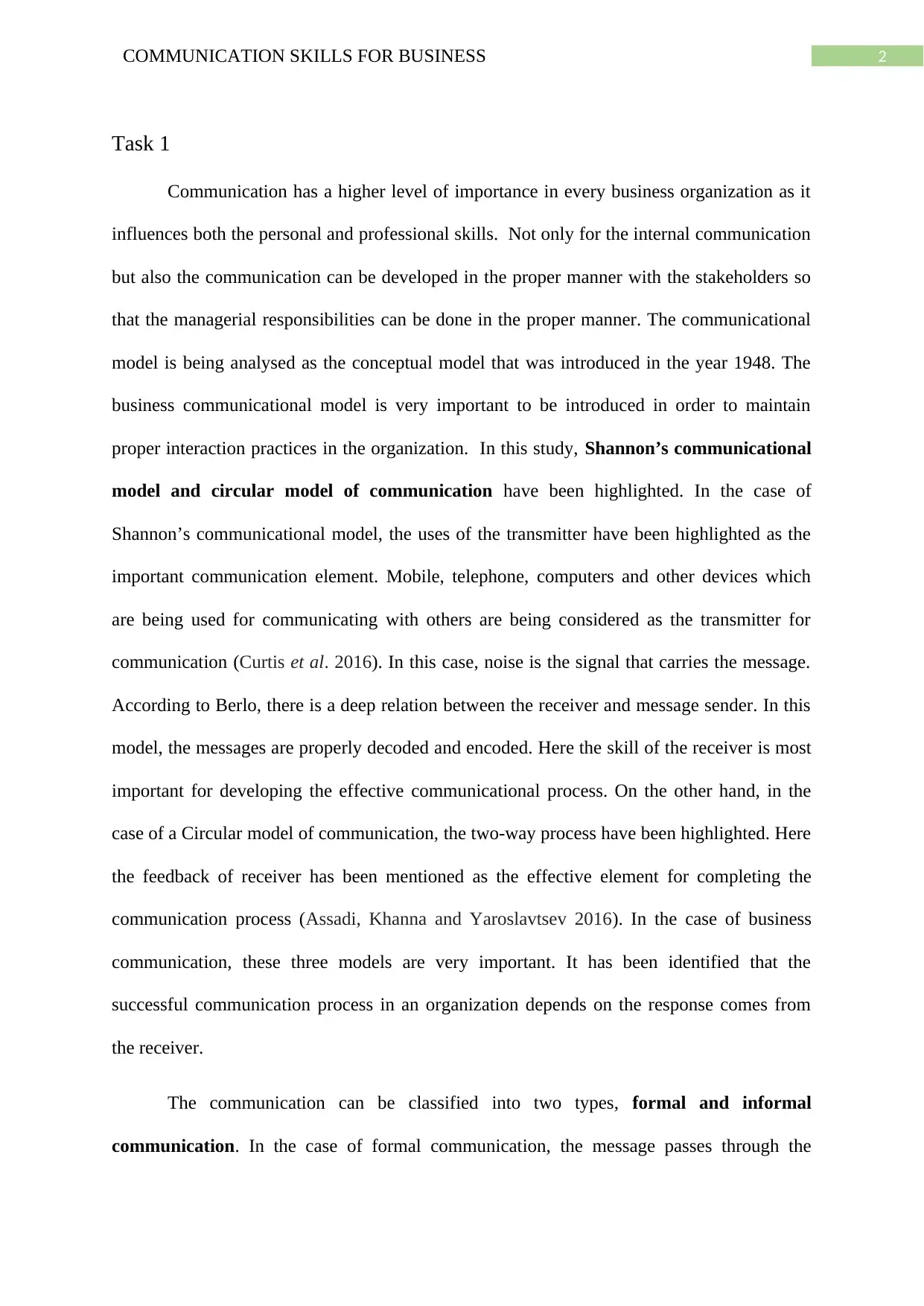
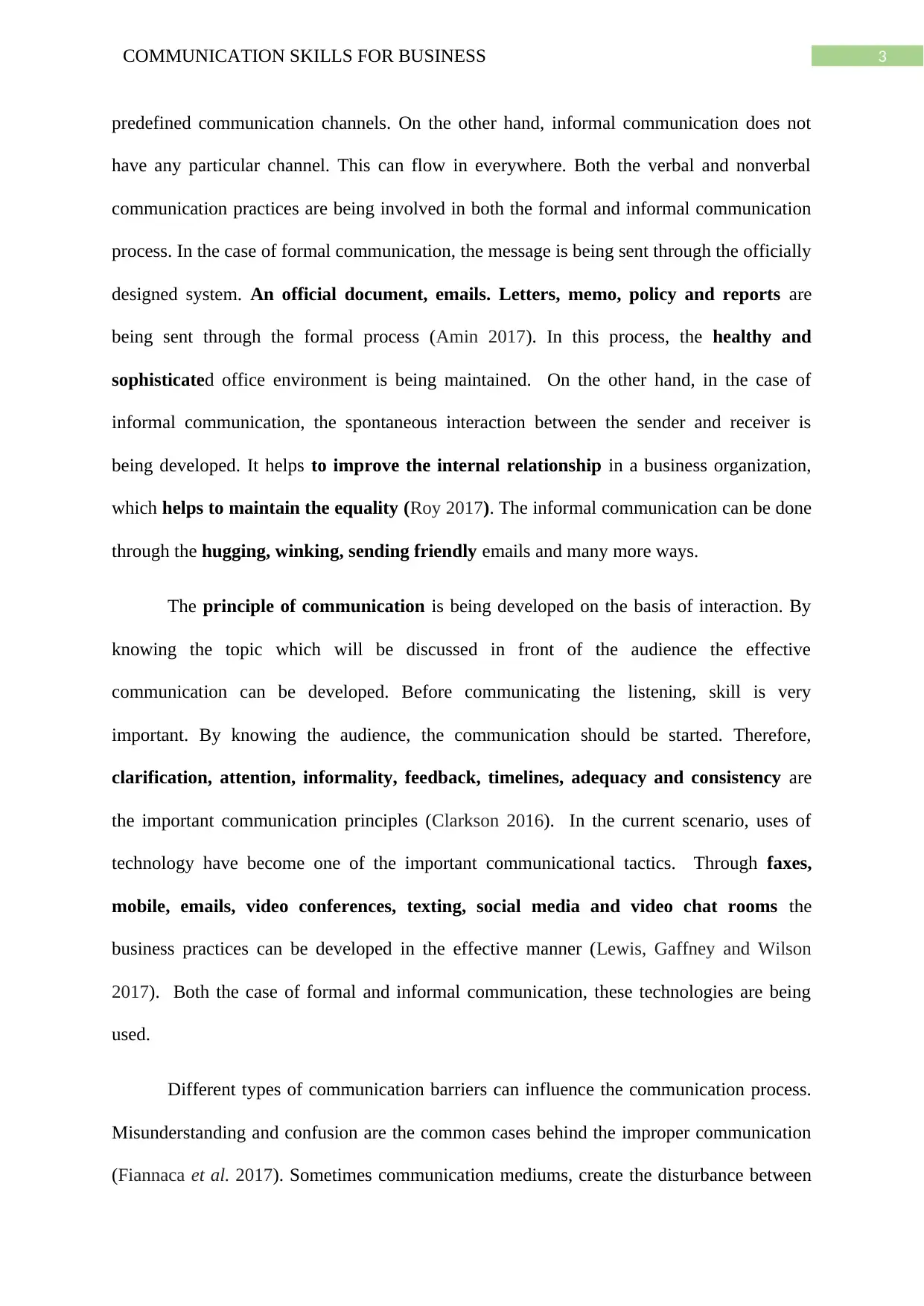
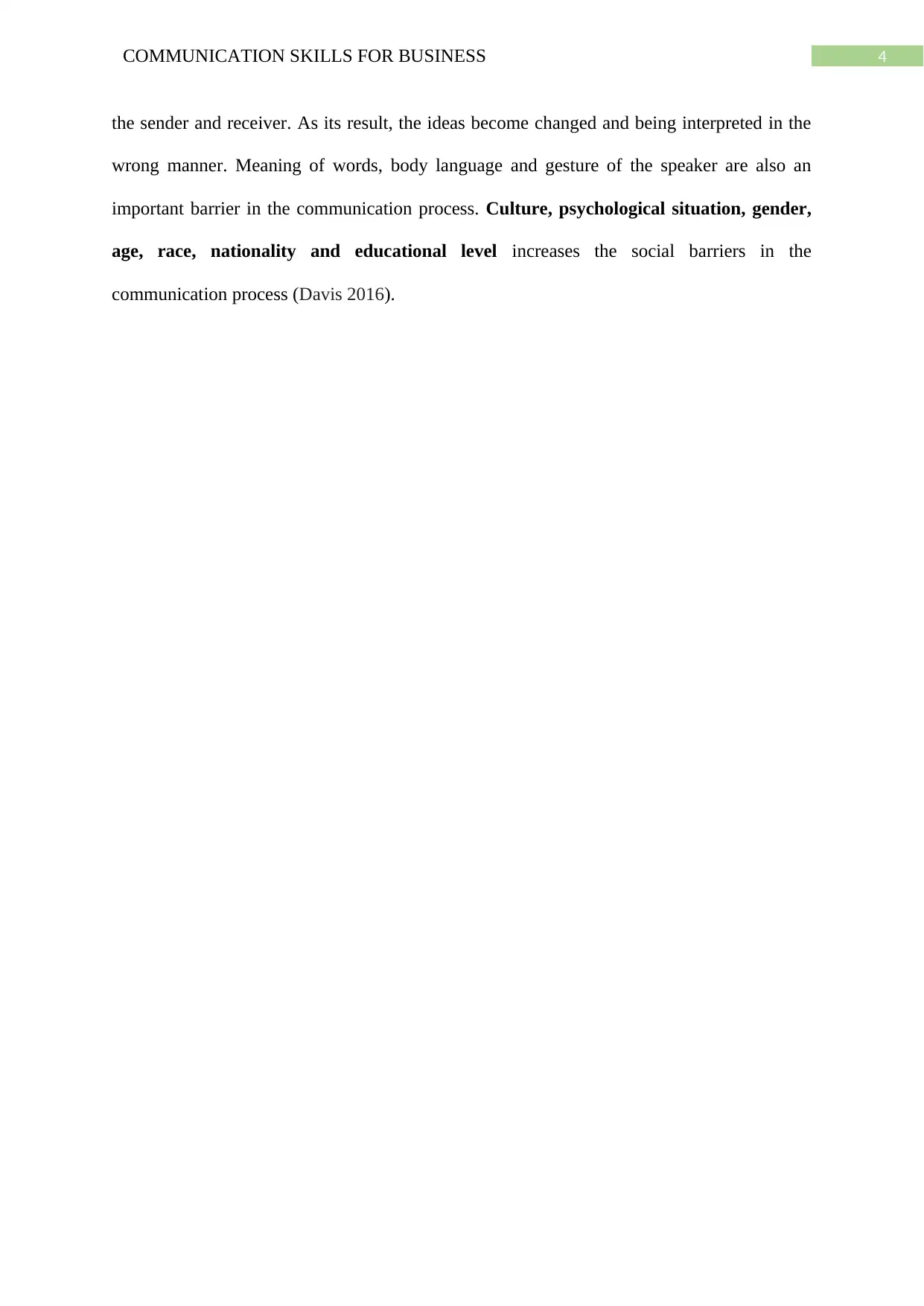
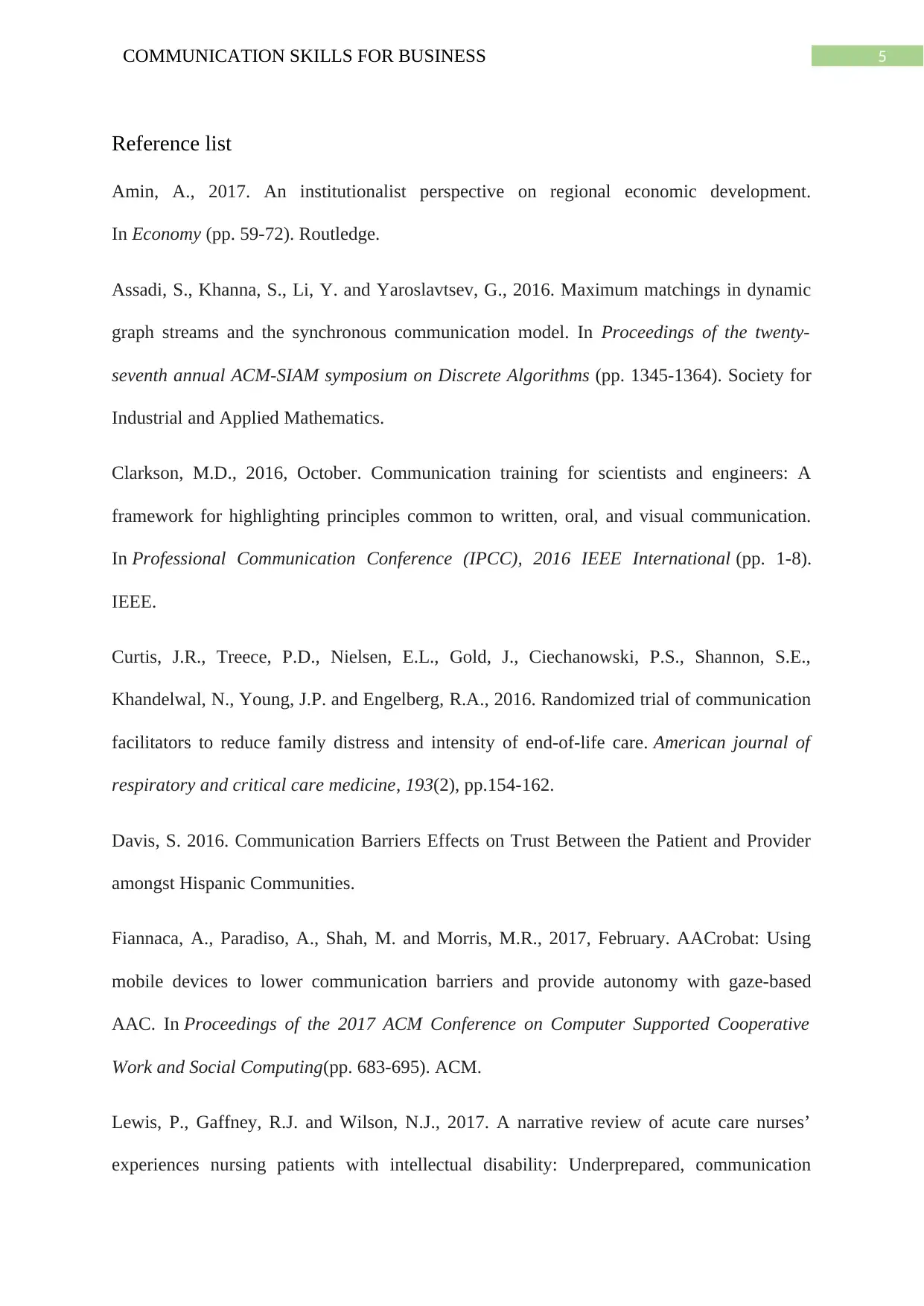
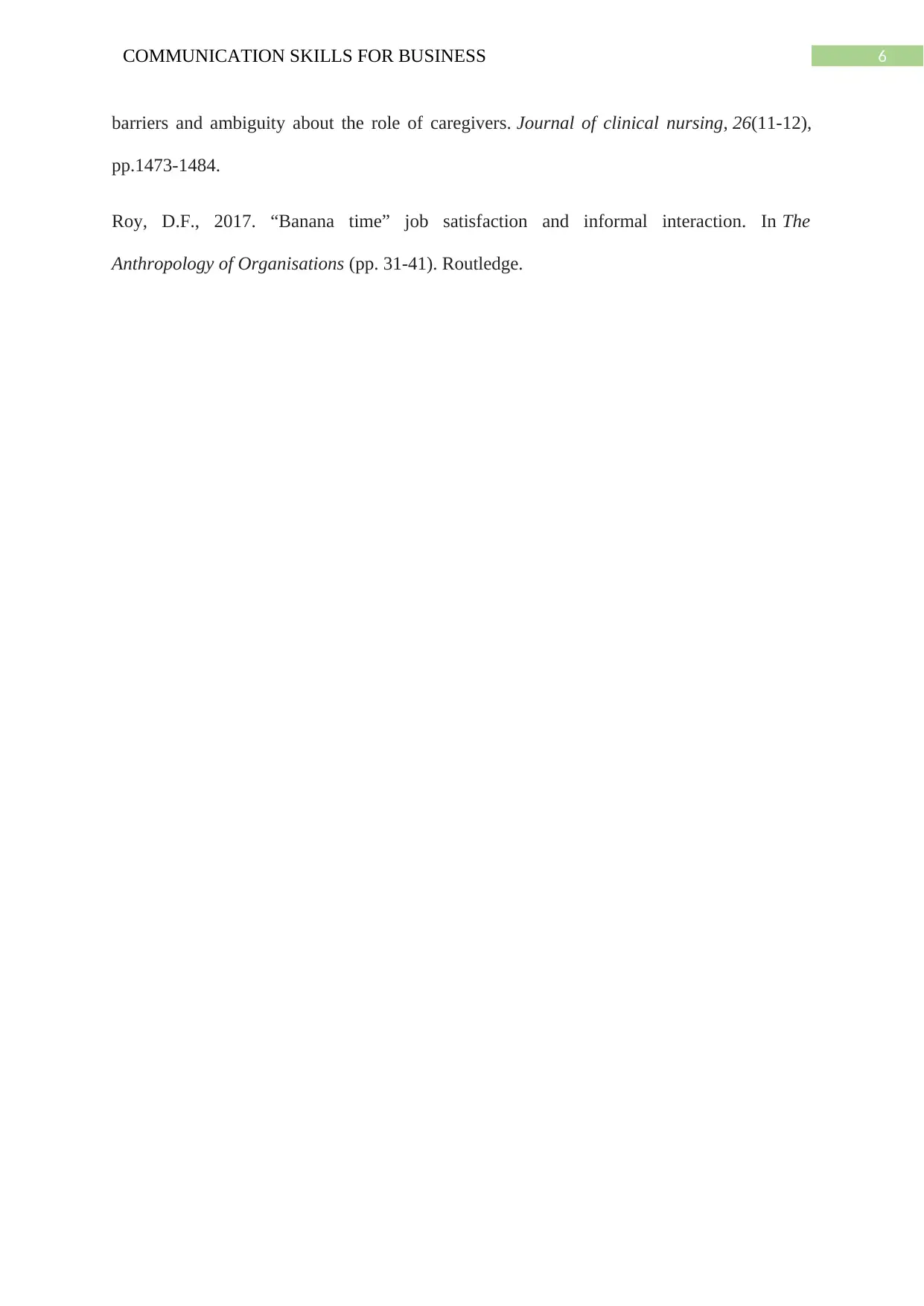





![[object Object]](/_next/static/media/star-bottom.7253800d.svg)